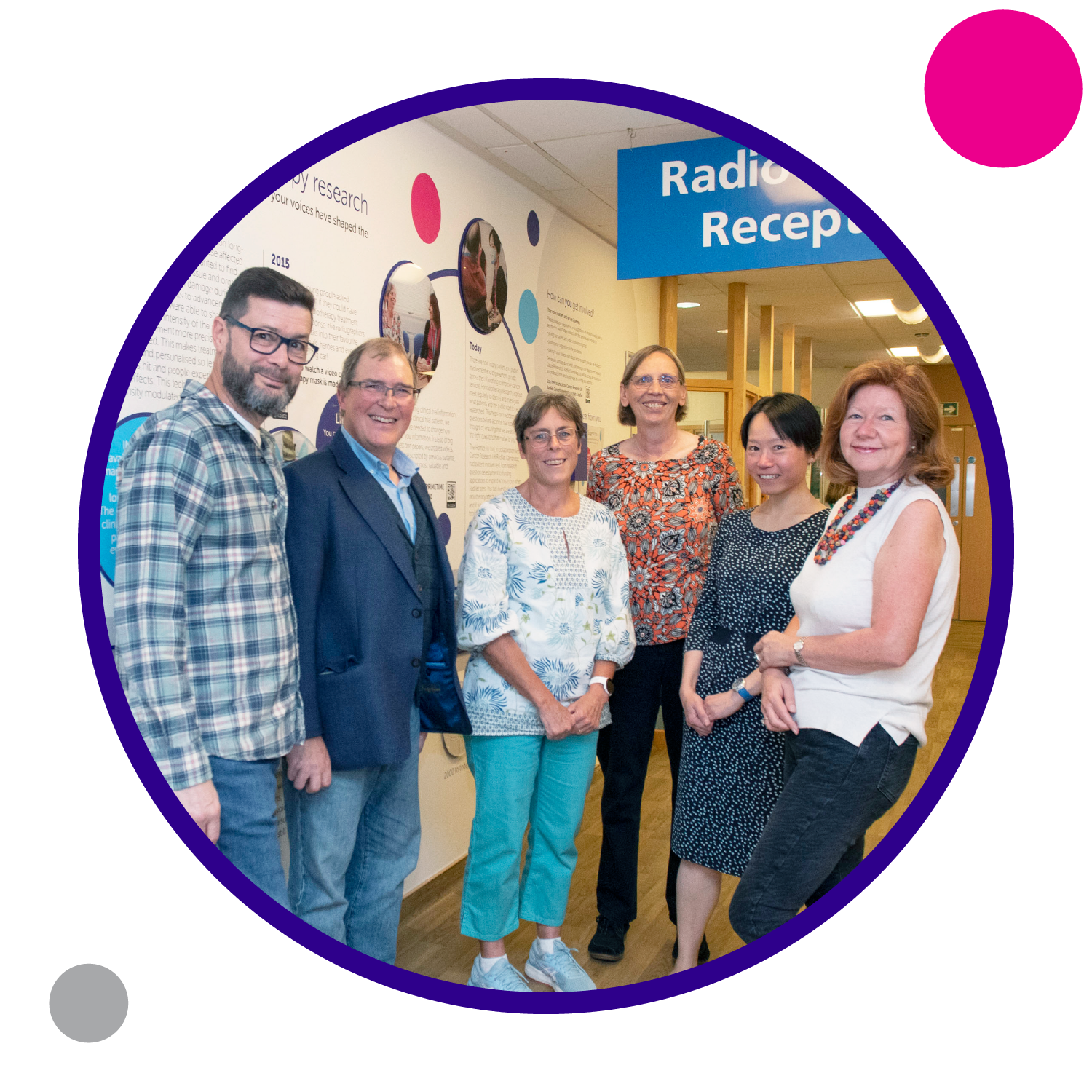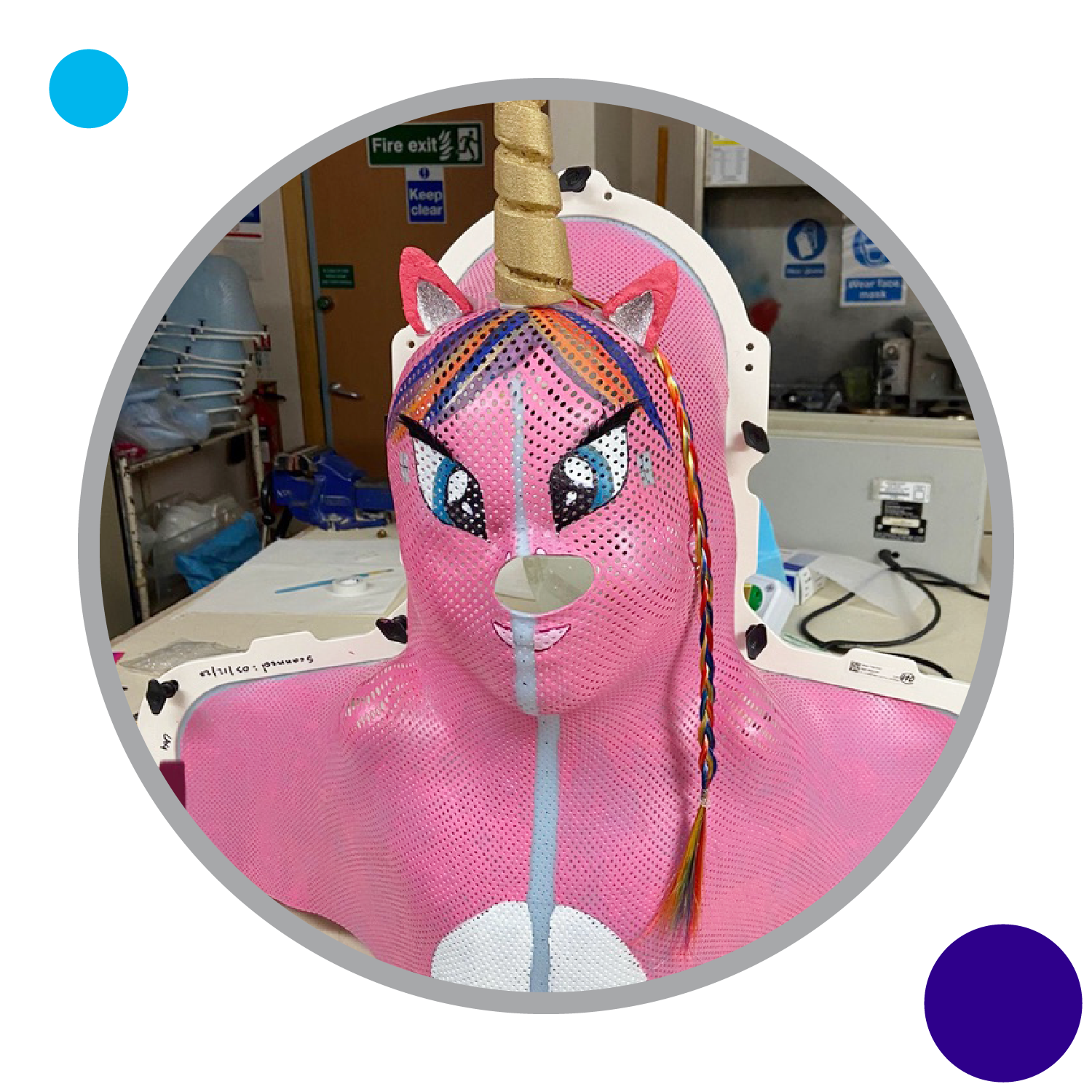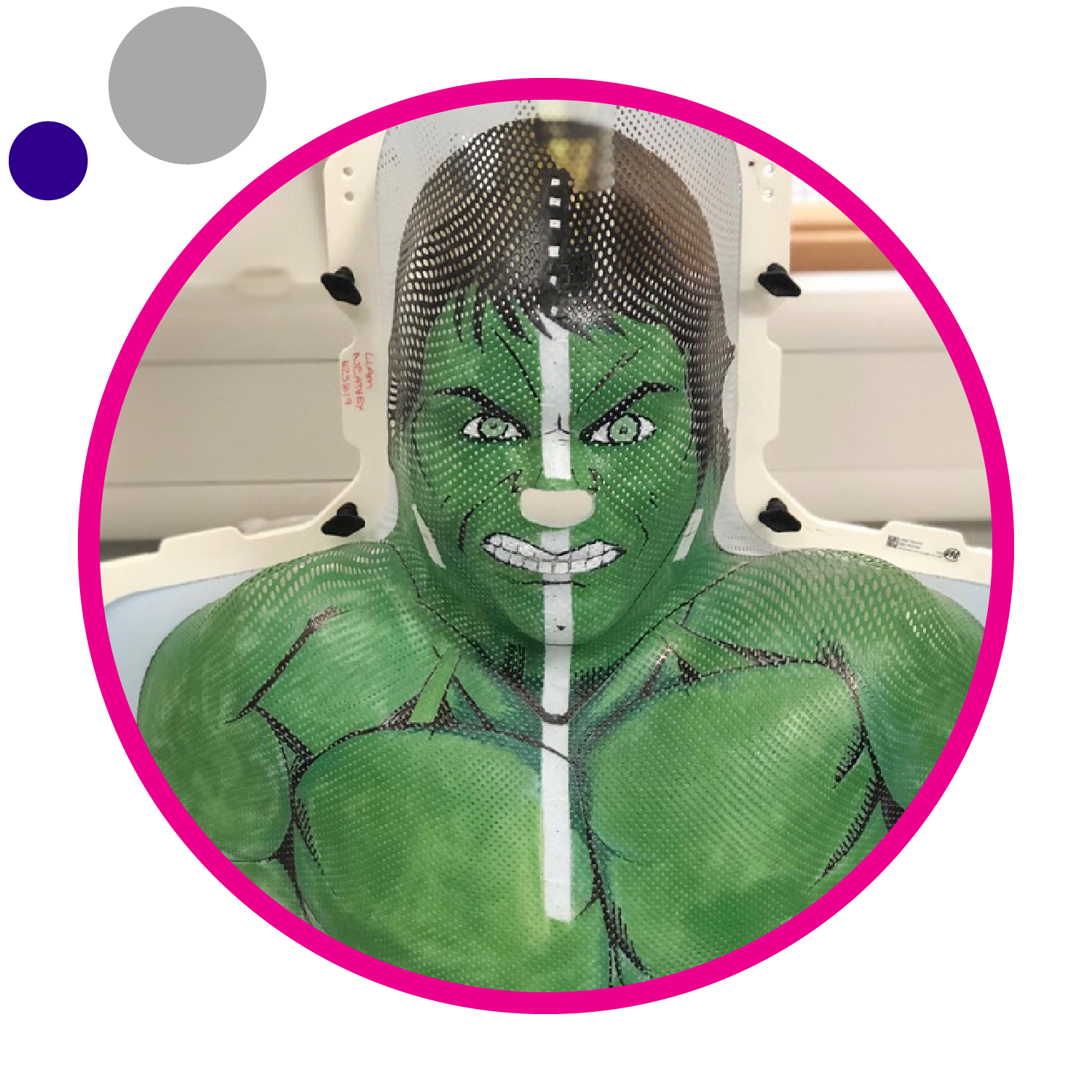Radiotherapy Timeline

Watch the Timeline of Radiotherapy video
The Timeline of Radiotherapy is on display within the Radiotherapy Department at Addenbrooke's Hospital in Cambridge, UK. It explains what radiotherapy is; highlighting the machines that deliver radiotherapy, how they work and how they have advanced over the years to allow for more precise treatments. The timeline also explains and celebrates how patient and public voices have been essential in the development of radiotherapy services for many decades.
Although the physical timeline is on display in Cambridge, this audio-described Virtual Timeline of Radiotherapy video, narrated by one of our radiographers, allows the information contained within the timeline to be accessible worldwide to patients undergoing radiotherapy and anyone else who wants to learn more about this vital cancer treatment.

What is the Timeline of Radiotherapy project?
We know that radiotherapy can be scary for some people. Our hope in this project is that we can relieve some of the anxieties that patients may have when they hear about radiotherapy. Radiotherapy is not often spoken about in the media or in general, so not a lot of people know what it really is and what it actually involves.
There are a lot of misconceptions and fears surrounding radiotherapy, especially from years gone by. We know that radiotherapy is a safe, accurate and effective treatment for many cancers, and around 50% of patients will receive radiotherapy as a part of their treatment. Developments in technology and our scientific understanding of radiotherapy have changed immensely over the last few decades. Radiotherapy is improving all the time and it is important that it is better understood by the general public so that we can take radiotherapy research and practice even further. As there have been so many improvements to radiotherapy over the years, we proposed the development of a Timeline of Radiotherapy display for our local radiotherapy department to highlight developments in radiotherapy research and practice over time.
At CRUK RadNet Cambridge, we have been passionate about patient and public involvement and engagement (PPIE) in research right from our first application to join the Cancer Research UK Radiation Research Network. After a good chat with one of our patient representatives, we decided that the best way to get more people involved in radiotherapy research would be to celebrate the amazing work that patients and the public have been involved in over many, many years to help shape the radiotherapy services that we see today. We realised that incorporating these contributions into the new display would be the perfect way to celebrate decades of patient involvement.
Our aims in this project are to provide more information on radiotherapy, promote PPIE in research, and to create a bright and friendly display that enhances the environment of the Radiotherapy Department at Addenbrooke's Hospital. If we can help even just one person feel a little better about having radiotherapy treatment and calm their fears, then we know that we have created something worthwhile!

How did we produce the multimedia display?
Our goal was to involve patients and members of the public right from the very beginning of the project as we wanted the display to celebrate their contributions and voices. Throughout autumn and winter of 2021-2022, we recruited patients to help us with the project via our local radiotherapy department and from other PPIE groups across Cambridge. We also sent our recruitment materials to local charities and organisations to engage with our community during a time when COVID-19 restrictions prevented us from meeting with them in person. This distanced community engagement included local religious groups, libraries, local charities and community centres, and additional press releases that were sent to our local referring hospitals across East Anglia.
Our first PPIE meeting introduced the project concept and allowed our patients to discuss potential display content in detail. The importance of involving patients in the development of patient-facing initiatives could not be better highlighted than by the outcome of this meeting; our patients told us that they were not overly inspired by our initial concept of a timeline of radiotherapy's technological innovations, and that instead focusing more explicitly on patient involvement in radiotherapy would have a greater impact on both future patient experience and on our research. So, we changed the concept!
We then developed some draft artwork for the display and held consultations with our partnering groups, including Cambridge University Hospitals NHS Foundation Trust and the Addenbrooke's Charitable Trust, alongside further engagement with our PPIE Group.
Our patients not only reviewed the artwork, but also helped to write the content that you can read on the physical display. We are so grateful to each and every member of our PPIE Group who has given their time and knowledge to the project, and who continue to want to work with us to improve radiotherapy services for the future. It has also been a privilege for us to hear about their experiences of radiotherapy treatment, and for some of our patients to want to share their reflections in the videos and podcasts that accompany the display is wonderful.
The finished multimedia display opened in September 2022.

How are radiotherapy masks made?
Discussions with our patients highlighted that the production of radiotherapy masks for head, neck, or upper chest radiotherapy treatment can be an uncomfortable experience. As part of the timeline project, we wanted to provide further information on this process so that patients know what to expect.
In this video, you can see how our radiographers create these unique patient masks that are necessary for accurate and reproducible treatment. Each mask is made individually for each patient using specialist skills and material that ensures patients can keep as still as possible during their radiotherapy sessions.

How do we support our younger patients?
One of the ways that we make our younger patients feel more comfortable with their radiotherapy treatment is to paint and decorate their radiotherapy masks into different characters and designs. This is a service that our radiographers provide for all our younger patients.
As well as the mask painting, our PPIE Group wanted to ensure that the timeline project included interactive elements specifically designed for children. We worked with the play specialists at Addenbrooke's Hospital to see what we could offer as an addition to the games and distraction techniques that they currently have for younger people. We created a hide-and-seek game where picture discs have been hidden around the Radiotherapy Department for children to spot whilst they are waiting for their CT scan or radiotherapy treatment. We hope that this adds to the amazing work of the play specialists in creating an environment that is less daunting for younger people, and we are sure that adults will enjoy spotting these picture discs too!
















